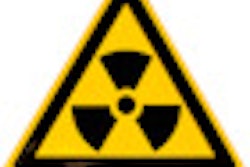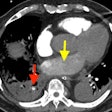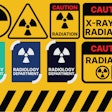Dear AuntMinnieEurope Member,
It's an alarming fact that no nationwide program currently exists for tracking patient radiation exposure, but this situation is changing fast, according to a global survey from the Vienna-based International Atomic Energy Agency. Belgium, Bulgaria, China, Iran, Italy, Lebanon, Slovakia, and the U.S. are all setting up programs and other countries may follow. To find out more, go to our CT Digital Community or click here.
Two Dutch neuroradiologists think high-field MR systems are like sports cars: They bring joy and operate smoothly in perfect conditions, but they can't cope as well when the going gets tough. Our article on their commentary in European Radiology is well worth a read in our MRI Digital Community or by clicking here.
Less than a quarter of emergency departments have a specific policy on the use of whole-body CT, while another quarter use the technique on certain cases without a strict policy, a new U.K. study has found. There was also concern about after-hours care during which cases may be reviewed by less experienced staff. Get the story here.
Nephrogenic systemic fibrosis continues to cause anxiety. Updated guidelines such as those published this week by the European Society of Urogenital Radiology must help, but it seems radiographers have a central role to play in minimizing risk. Learn more by clicking here.
Imaging in war zones is developing rapidly, both in terms of quality and quantity. Multidetector-row CT and focused abdominal sonography in trauma allow physicians to better triage and treat patients, writes an expert who has experienced action in Afghanistan. Click here for more details.
To coincide with the Olympics, we have a sporting case for you this week: a 22-year-old athlete who presented with right shin pain. Go to our Case of the Week feature. Also, you can get the latest news direct from the Olympic polyclinic by clicking here.




















